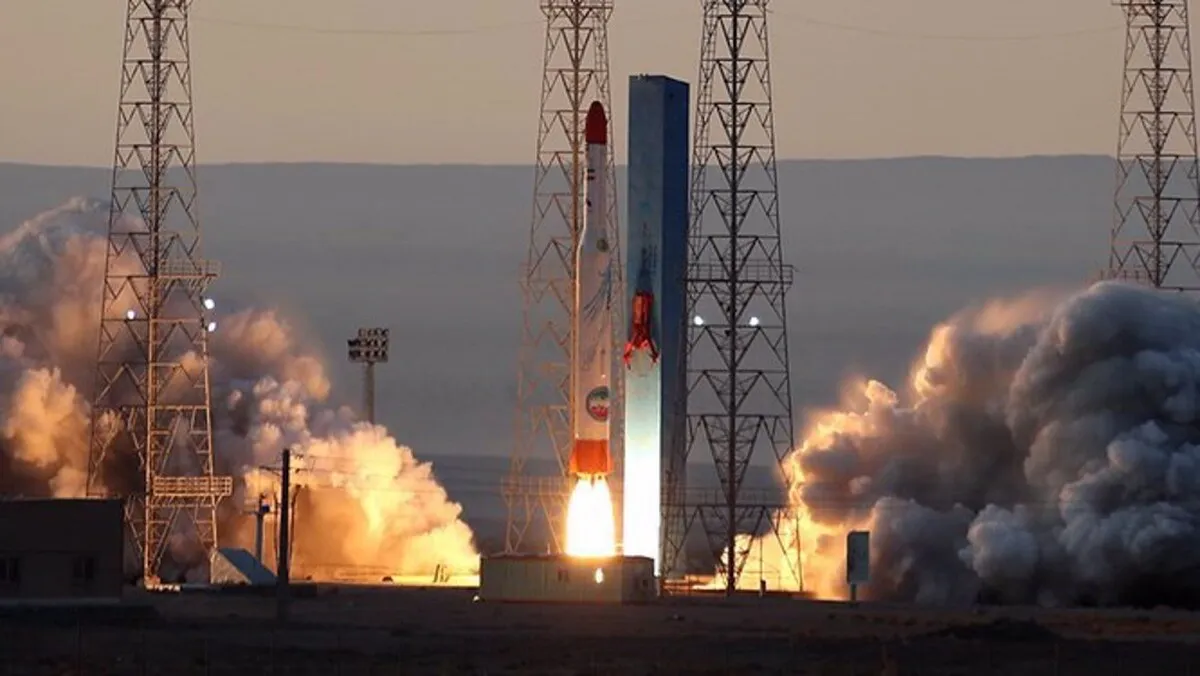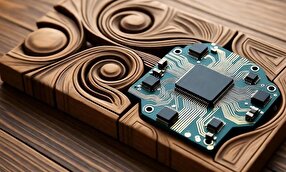Official: Iran Plans to Put Home-Made Satellites into GEOs

“The ultimate goal is to achieve geostationary orbit by next year, and this process will continue with a focus on developing new launchers and sophisticated technologies,” Salarieh said.
Noting that so far, numerous Iran-made satellites have been placed into the orbit, he said, “Some of these satellites have reached the end of their working life, and some have returned to the atmosphere because their orbital life has also ended. Accordingly, over 25 Iranian satellites have been placed in orbit so far.”
“Some satellites like Mahda, Chamran, Pars-1, Hodhod, Kowsar, etc. are in the orbit, and satellites like Mahda have been actively working for over a year,” Salarieh said.
Earlier this month, Salarieh had also said that Iran plans to launch several satellites into space in the new Persian calendar year (started on March 21).
The official noted that a 1,500 kg biological capsule capable of carrying a human into space will also be developed this year.
Iran will carry out a series of domestic and international satellite launches in the new year, including launches of Simorq and optimized Simorq satellites and Zoljanah and Qa’em 100 launch vehicles, he added.
Salarieh stated that while satellites Zafar and Paya were scheduled for launch last year, their launches are rescheduled for this year, adding that the Nahid-2 satellite is also expected to launch in the new year by using both domestic and international launch vehicles.
He said that Iran is now designing advanced biological capsules weighing 500 kg and 1,500 kg, noting that the larger capsule is being built to carry a human into space.
Earlier reports, in January, also said that an advanced version of the Kowsar satellite, named Kowsar 1.5, would be launched into the space in the first half of current Persian calendar year.
The Kowsar 1.5 satellite, the result of the efforts of the Iranian experts, is an upgraded version of the Kowsar and Hodhod satellites that were launched into space earlier this year. The two satellites play a key role in the development of precision agriculture with their remote sensing (Kowsar) and Internet of Things (Hodhod) missions.
“The combined version of the Kowsar and Hodhod missions, named Kowsar 1.5, will be launched in the first half of next year, and efforts are being made to design and produce a system of these satellites by attracting capital,” Hossein Shahrabi, the managing director of a company active in designing and manufacturing light and low-cost satellites, was quoted by the Iranian Vice-Presidency for Science, Technology and Knowledge-Based Economy as saying.
Two domestically-manufactured Iranian satellites were successfully launched into space in November in a debut entrance by the country’s private sector in the space industry.
Kowsar and Hodhod were launched into orbit from the Vostochny spaceport in eastern Russia in November, using a Russian Soyuz satellite launcher.
The development marked the first triumphant attempt by the Islamic Republic’s private sector towards production of satellites and their placement into orbit and was, therefore, deemed as an important and unprecedented step in the country’s space industry.
Kowsar is a remote-sensing satellite with the capability to capture high-resolution imagery for various purposes across the agricultural, natural resources, environmental, and crisis management fields among other areas.
Hodhod has, meanwhile, been described as a small-sized satellite with communication applications, including creation of communication networks and contributions to the Internet of Things (IoT).
The latter could be used towards provision of communication services in remote and inaccessible areas, where land communication networks are not available.
4155/v





















